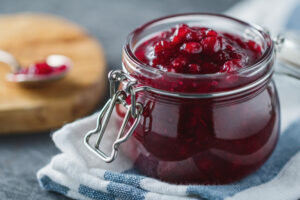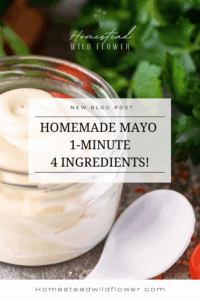(Even If You’re Just Starting Out)
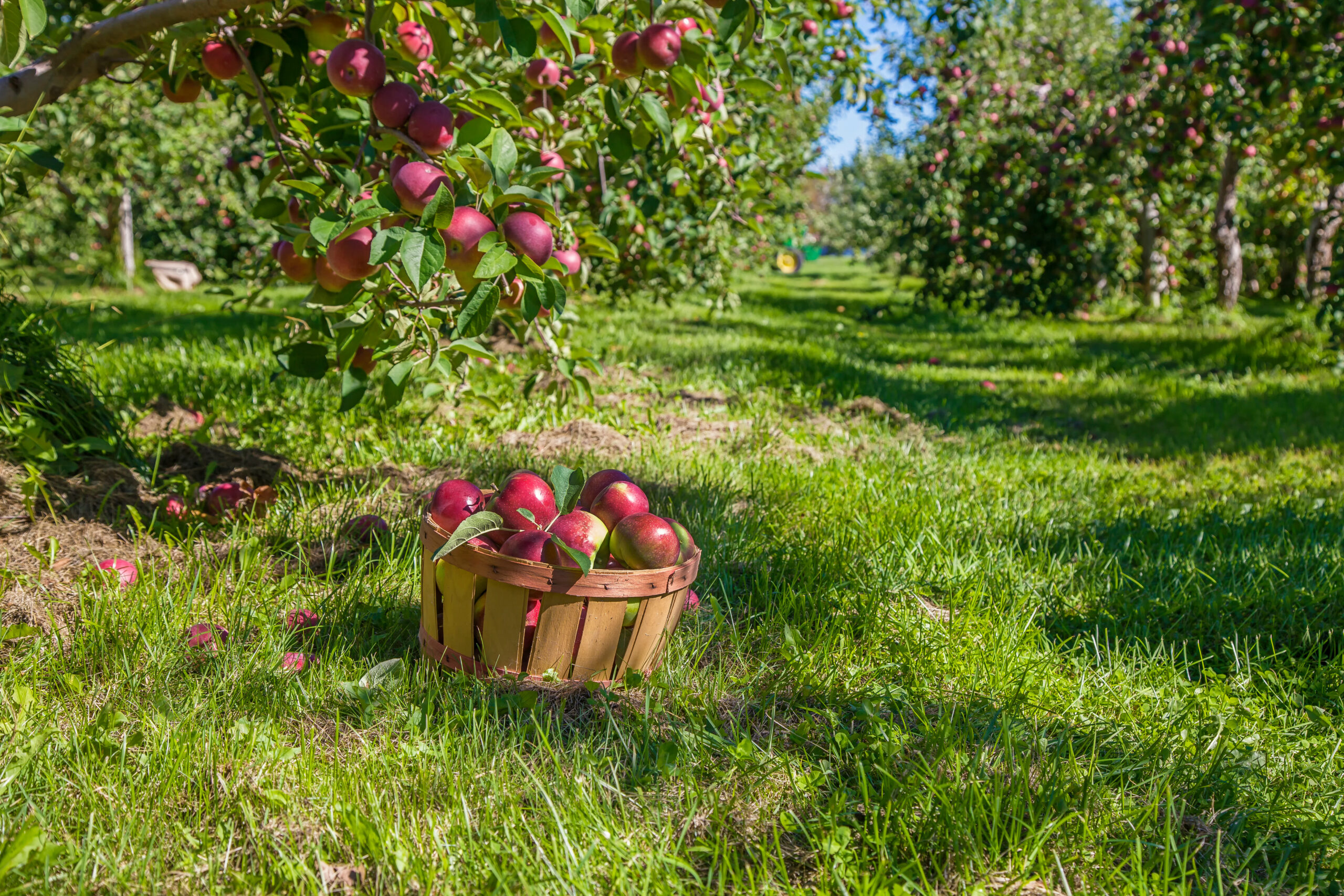
When I first started dreaming about a self-sufficient garden, my mind went straight to fruit. Fresh strawberries still warm from the sun? Homegrown apples for pies? Yes, please. But I’ll be honest — growing fruit felt way more intimidating than vegetables at first. Turns out, some fruits are surprisingly beginner-friendly, and they thrive in home gardens and even small spaces. Whether you’ve got a homestead or just a sunny backyard, here are the top 10 easy fruits to grow — and how to set yourself up for success.
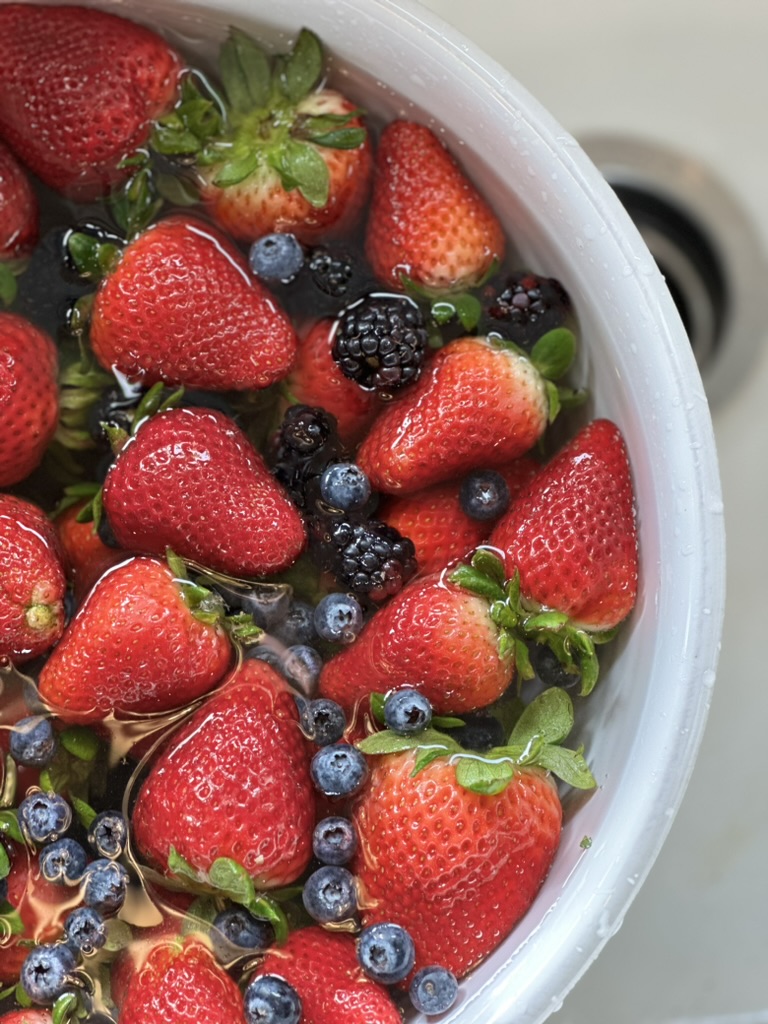
Why Growing Your Own Fruit is Worth It
The benefits can be endless from fresh baked pies to jams fruit is such a sweet oppurtunity to picking fruit right off the plant — no pesticides, no wax coatings, just pure flavor. Homegrown fruit is often fresher, tastier, and cheaper than store-bought. Plus, perennial fruits (like berries and fruit trees) keep giving year after year, making them a perfect fit for self-sufficient gardens.
My first strawberry harvest was small, but my kids ate every single berry straight from the plant — they still talk about how much better they tasted than store strawberries.
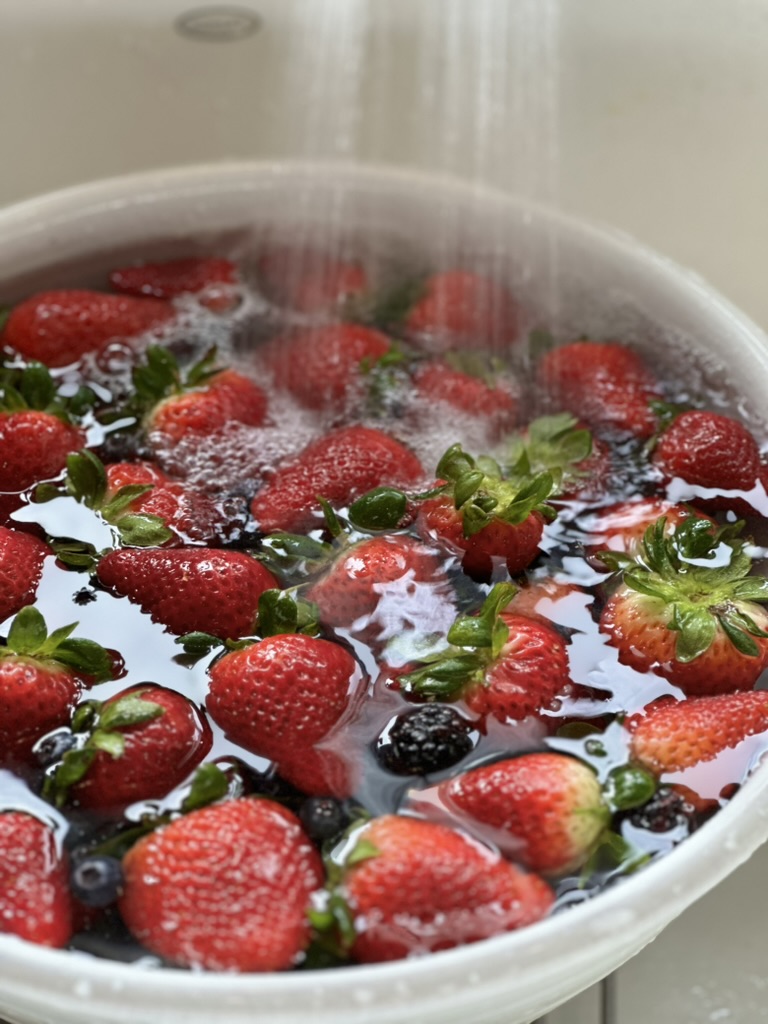
Top 10 Easy Fruits for Home Gardens
Here’s my tried-and-true list of fruits that even brand-new gardeners can handle because I use to be one too.
1. Strawberries
- Perfect for raised beds, containers, or garden borders.
- They spread like crazy, so you’ll have more every year.
- Everbearing varieties give you fruit all summer.
Use straw mulch to keep berries clean and deter slugs.
2. Raspberries
- Low-maintenance and super productive.
- Choose fall-bearing varieties for an easier pruning routine.
- Perfect for garden edges or along fences.
I planted my first raspberry cane on a whim, and now I have a full raspberry patch — they spread fast!
3. Blueberries
- Perfect for pots or garden beds.
- Need acidic soil (pH 4.5-5.5), so amend with peat moss if needed.
- Plant at least two varieties for best pollination.
We have about 10 or so but birds love them, so cover with netting once they start ripening. I had so many stolen before I learned this trick!
4. Blackberries
- Tough, productive, and they thrive on neglect.
- Thornless varieties make picking painless.
- Grow them on a trellis to keep them tidy.
They’ll take over if you let them, so be prepared to prune.
5. Apples (Dwarf Trees)
- Ideal for small yards or even large containers.
- Choose disease-resistant varieties to avoid fuss.
- Need at least two trees for pollination.
We have about 8 Honey Crisp trees I was able to propagate from one tree but Dwarf trees are easier to prune and harvest — no ladder required.
6. Figs
- Surprisingly easy and perfect for warmer climates.
- Grow in the ground or large pots.
- Self-pollinating, so you only need one.
In cooler zones, grow figs in pots and overwinter them in a garage.
7. Cherries (Bush Varieties)
- Compact and perfect for small spaces.
- Look for dwarf or bush cherries — easier than full-sized trees.
- Self-fertile types are available, so you only need one.
Netting is a must — birds will strip a cherry bush bare overnight.

8. Grapes
- Perfect for fences, trellises, or arbors.
- Pick varieties suited to your climate (table vs. wine grapes).
- Very low maintenance once established.
Pruning grapes the right way makes a huge difference — but they’re forgiving if you mess up.
9. Gooseberries
- Hardy, productive, and cold-tolerant.
- Great for jams, jellies, and fresh eating.
- Self-fertile, so one bush is all you need.
💡 Tip: They tolerate partial shade, so they’re great for less sunny spots.
10. Rhubarb
- Technically a veggie, but used like fruit.
- Comes back year after year with zero effort.
- Perfect for pies, jams, and sauces.
💡 Tip: Don’t harvest in the first year — let it get established for a lifetime of harvests.
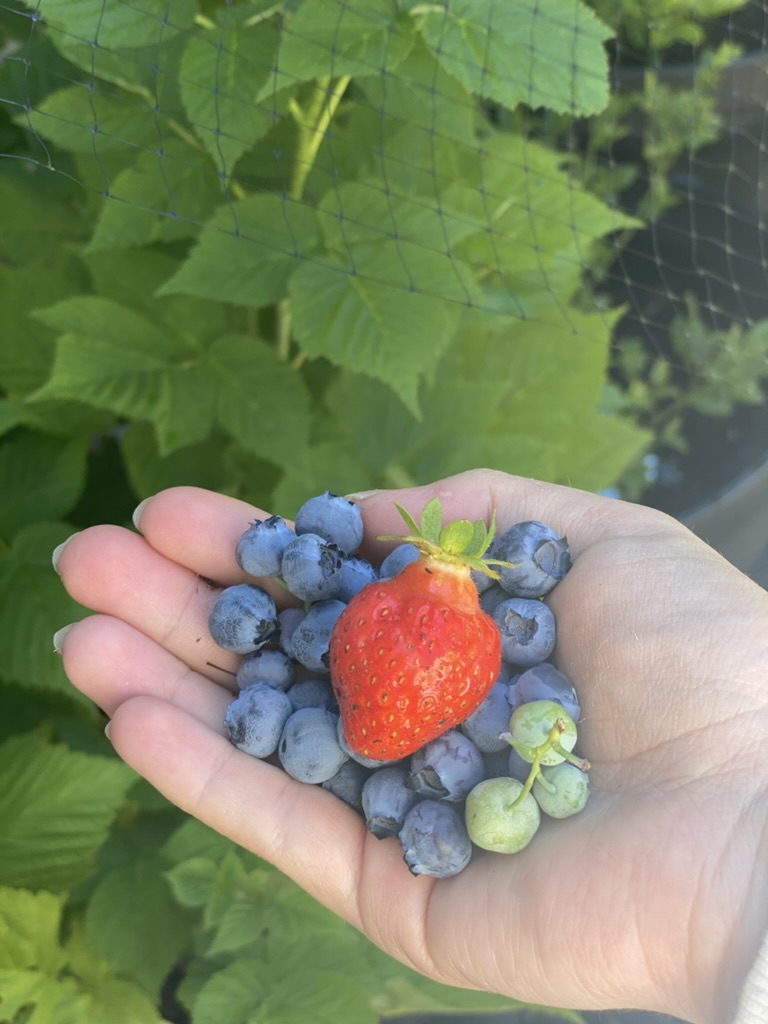
Best Tips for Healthy, Productive Fruit Plants
1. Location matters.
Most fruits need full sun (at least 6 hours/day) for good yields.
2. Soil prep pays off.
Most fruits prefer well-draining, nutrient-rich soil. For blueberries, acidic soil is a must.
3. Pruning keeps them happy.
A little pruning every year helps control size, boost airflow, and increase fruit production.
4. Water regularly.
Consistent watering (especially the first year) helps plants establish strong roots.
5. Feed annually.
Most fruiting plants benefit from a spring boost of compost or balanced organic fertilizer.
Personal tip: I add compost and mulch around all my fruit plants every spring — they thrive with very little extra care after that.
FAQs About Growing Fruit at Home
Growing your own fruit is one of the most rewarding parts of a self-sufficient garden. It goes really fast around my home so I just kept adding more every year. Whether you’re tucking strawberries into raised beds or planting a mini orchard of dwarf trees, there’s nothing better than picking sun-warmed fruit straight from your own backyard. Start with a few easy favorites, and before you know it, you’ll be dreaming of homemade jam, pies, and fresh-picked snacks for years to come.
Happy Gardening
Linnea


